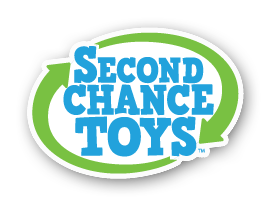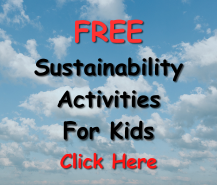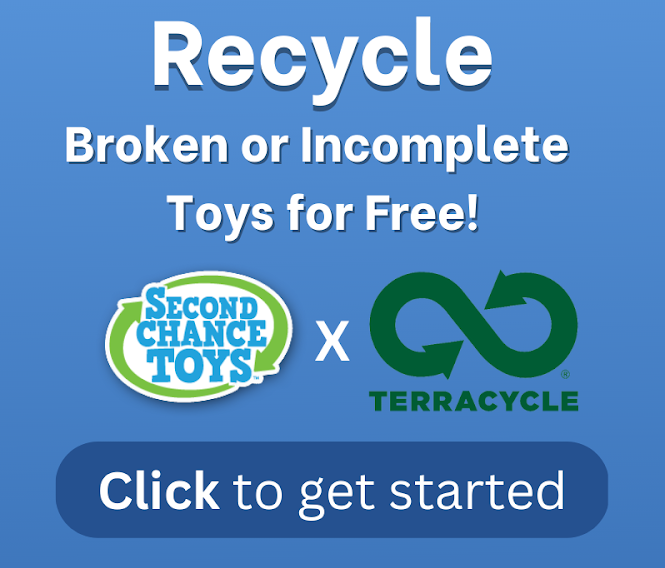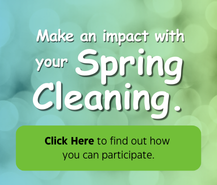Plastics Are Polluting Our Oceans

The amount of plastic that ends up in the ocean yearly is astronomical. There are now islands of debris called garbage patches floating in the ocean. The “Great Pacific Garbage Patch” is one of the five biggest garbage patches. The size of this enormous patch is hard to determine exactly. Some estimates claim it can be twice the size of Texas (https://theoceancleanup.com/). Microplastics -- which are tiny plastic pieces the size of a sesame seed or smaller -- from landfill runoff or pollution and litter are building up in our water sources as well (noaa.gov). Although we cannot necessarily see them, they are impacting the ocean ecosystem in many negative ways.
Not only are microplastics a detriment to the environment, ending up mixed in with sand on our beaches and in our coral reefs, but more and more ocean life is being found with plastic in their stomachs. In a study done by Dr. Britta Denise Hardesty from the Commonwealth Scientific and Industrial Research Organisation, about half the baby turtles they found dead had plastic in their stomachs (https://www.independent.co.uk/). But turtles are far from the only ocean animals ingesting plastics. Of the 210 species of commercially caught fish, every single species has been found to have plastic in their systems (https://news.stanford.edu/). These are fish that we eat, which means, consequently, that this plastic is ending up in OUR systems.
There is still much research that needs to be done concerning the effects of plastic in the human body. One study showed that humans are now yearly ingesting 39,000 to 52,000 microplastic particles (https://www.nationalgeographic.com/). This means that humans are eating about a credit card worth of plastic weekly, or 52 credit cards yearly (https://choq.com/). Another showed that ingesting microplastics makes our cells, in particular our lung cells, act abnormally, by changing their shape and slowing down their metabolic processes (https://news.fsu.edu/).
None of this bodes well for the environment nor for our own health. Second Chance Toys is just a small part of the solution. Even though Earth Month is now behind us, it is important that we take the learning and continue our efforts throughout the year... as our everyday actions are an important part of the solution.
Written by Jada Evans, a Second Chance Toys intern, pre-law student currently pursuing a B.A in Law Technology and Culture at the New Jersey Institute of Technology.


















